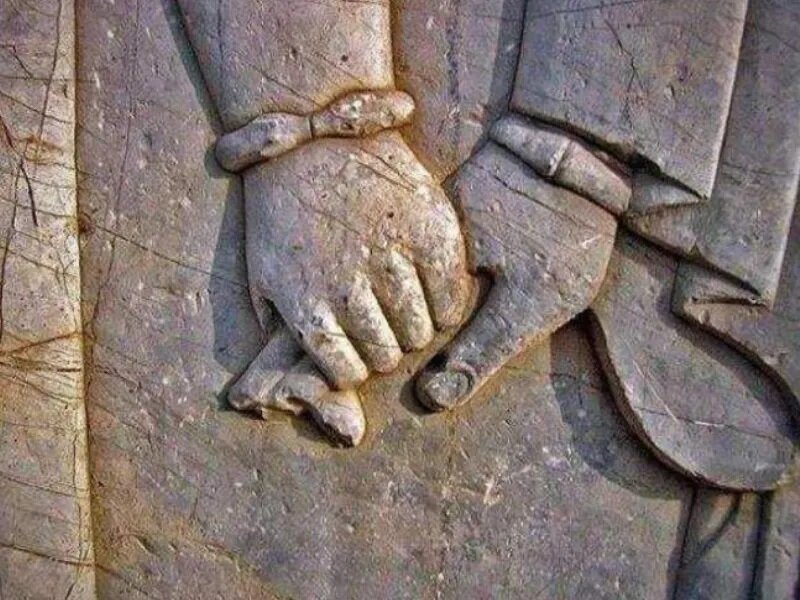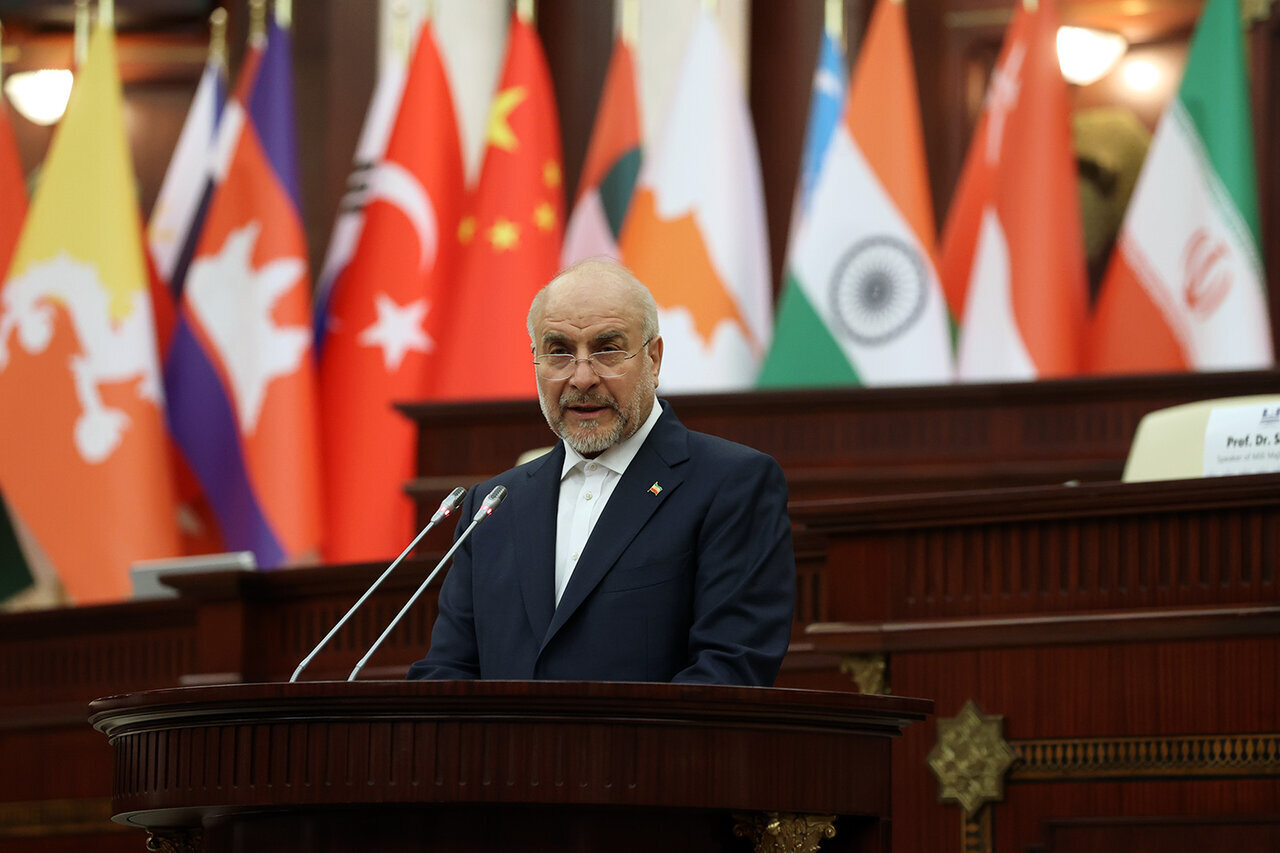
TEHRAN Irans Minister of Cultural Heritage, Tourism, and Handicrafts, Seyyed Reza Salehi-Amiri, along with several related officials unveiled the UNESCO registration document for the ancient city of Ecbatana at the 18th Tehran International Tourism and Related Industries Exhibition on Thursday.The unveiling took place at the Hamedan provinces pavilion on the third day of the exhibition, marking a significant milestone in Irans cultural heritage preservation efforts.Ecbatana, a historic site of immense archaeological and cultural importance, was officially inscribed on the UNESCO World Heritage list in July 2024, becoming Irans 28th globally recognized heritage site.During the ceremony, Salehi-Amiri emphasized the importance of preserving and promoting Irans historical landmarks, highlighting Ecbatanas role in showcasing the countrys rich history and civilization to the world.
He also acknowledged the efforts of Hamedans tourism authorities in achieving the sites global recognition.This registration is a crucial step in introducing Irans deep-rooted cultural heritage to an international audience.
It is our duty to protect and enhance the tourism infrastructure around these invaluable historical treasures, said Salehi-Amiri.Ecbatana, believed to have been the capital of the ancient Median Empire, is one of Irans most significant archaeological sites, attracting researchers and tourists alike.
Its inclusion in the UNESCO list is expected to boost tourism and further conservation efforts.Located in the suburban area of modern Hamadan, Hegmataneh spans approximately 50 acres, with its rich archaeological deposits offering a glimpse into millennia of human civilization.
Despite its vast historical significance, large portions of the site remain unexplored, promising future discoveries that could further illuminate our understanding of ancient Iran.
Ecbatanas historical significance is further enriched by its role during subsequent periods, including the Seleucid, Parthian, Sassanid, and Islamic eras.
Each era left its indelible mark on Hegmataneh, shaping it into a vibrant tapestry of cultural evolution.The Tehran International Tourism and Related Industries Exhibition, one of Irans largest tourism events, serves as a platform for promoting the countrys cultural and historical assets.
The unveiling of Ecbatanas UNESCO registration plate was a highlight of this years event, underscoring Irans commitment to safeguarding its rich heritage for future generations.AM

 20
20











